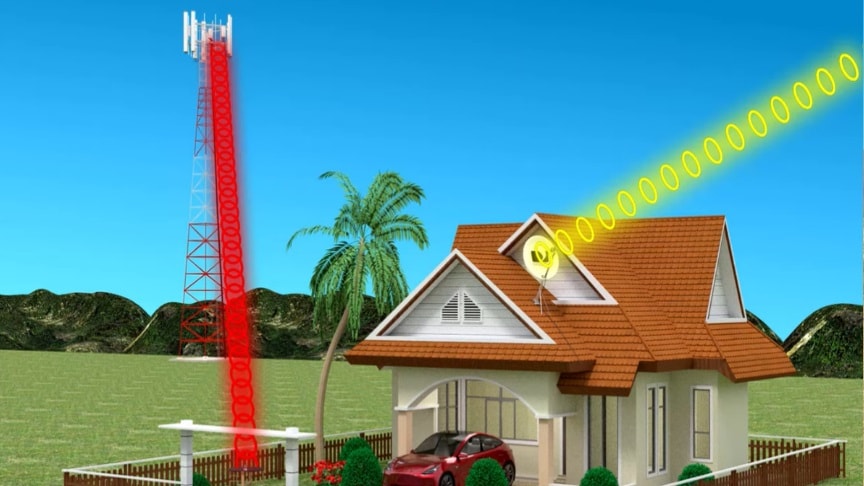Antennas are widely used in the field of telecommunications and we have already seen many applications for them in this video series.
source/image(PrtSc): Learn Engineering
Antennas receive an electromagnetic wave and convert it to an electric signal, or receive an electric signal and radiate it as an electromagnetic wave. In this video we are going to look at the science behind antennas.Watch the animation video from Learn Engineering for more info:
An antenna is the interface between radio waves propagating through space and electric currents moving in metal conductors, used with a transmitter or receiver. In transmission, a radio transmitter supplies an electric current to the antenna’s terminals, and the antenna radiates the energy from the current as electromagnetic waves (radio waves).
Advertisement
In reception, an antenna intercepts some of the power of a radio wave in order to produce an electric current at its terminals, that is applied to a receiver to be amplified. Antennas are essential components of all radio equipment.An antenna is an array of conductors (elements), electrically connected to the receiver or transmitter.











